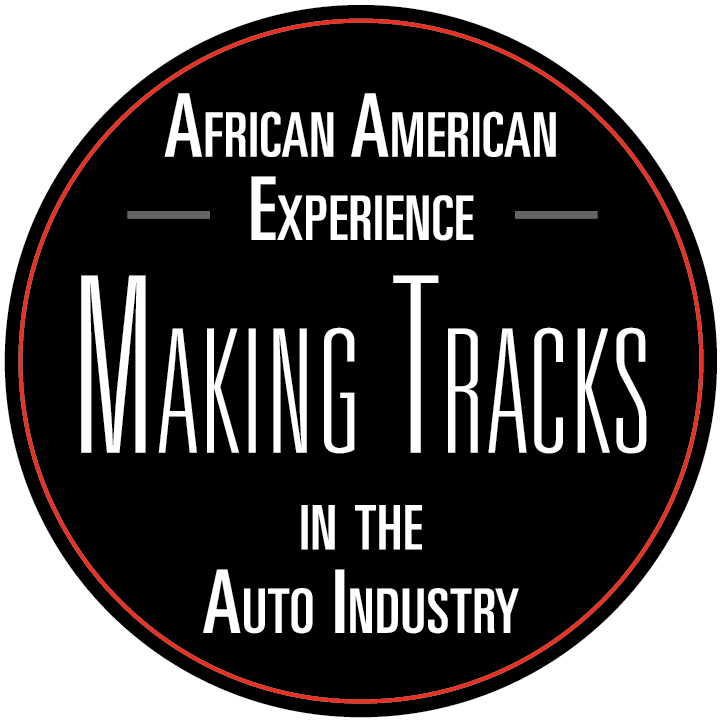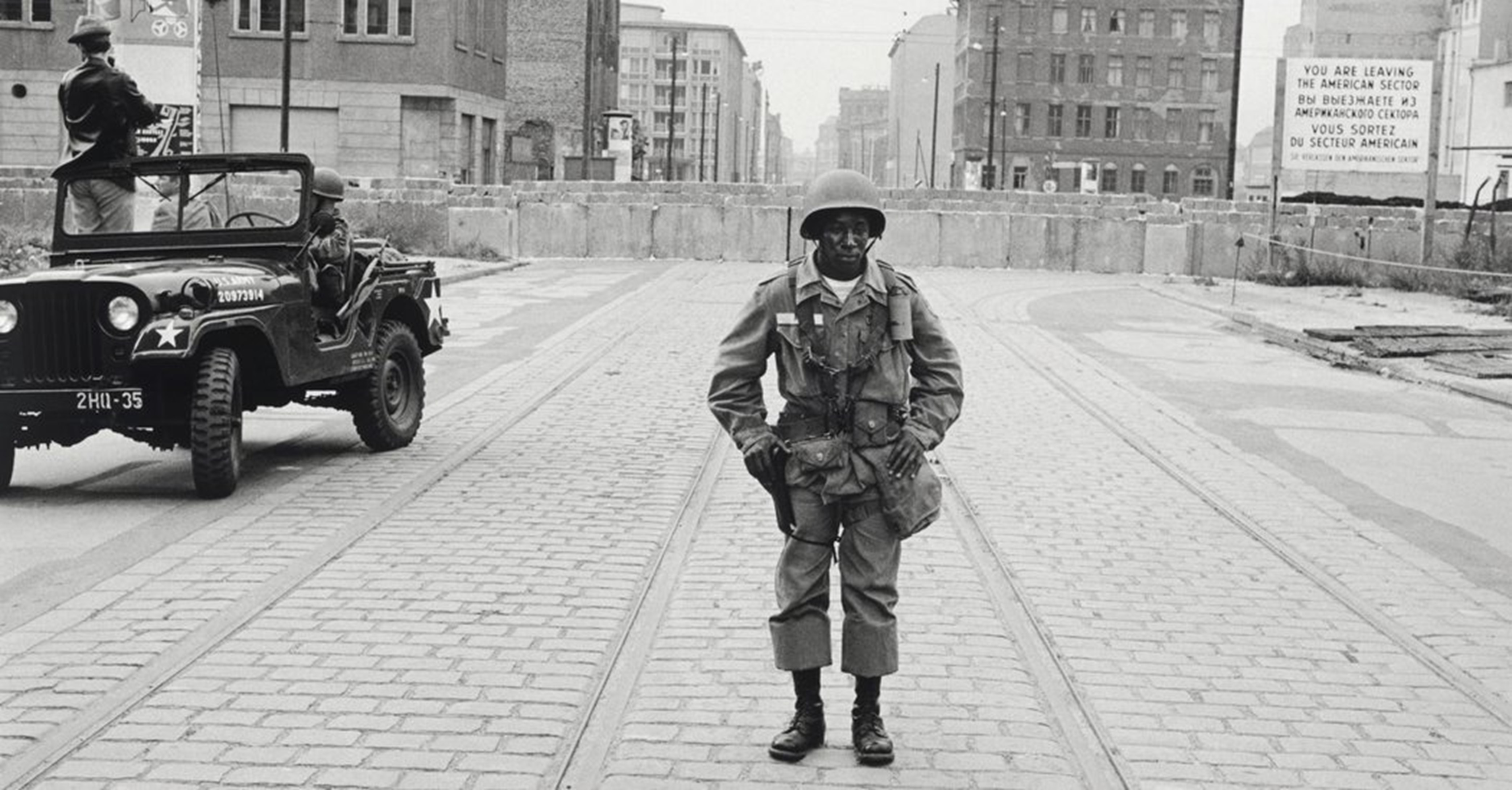




The Vietnam War was the first major conflict after the civil rights movement in the United States. It is well known that US involvement in Vietnam created much controversy: in the surveys that measured public opinion on US participation in this war, an important shift in public opinion happened at the end of 1967; nearly half of Americans responding to a Gallup poll at the end of 1967 said the war had been a mistake (46 to 44 percent).
 Courtesy of New York Times
Courtesy of New York Times
At the University of Michigan, the first American Vietnam “Teach-In” took place in March 1965.
Agitation was prevalent within the United Auto Workers because of opposing opinions on the war. Walter Reuther, president of the UAW (1946-1970), supported Lyndon Johnson’s policies even though it is well-known that he had personal doubts about US involvement in the war – this is because the support of the president was crucial for legislation singled out by the union. As a result, the UAW came to be seen as opposed to liberal ideals and associated with Cold War belligerence. Several UAW leaders strongly opposed Reuther’s “official” endorsement of Johnson, but Reuther did not publicly express his opposition to the war until President Johnson announced he would not run again for president in 1968. The automobile worker unions were opposed to the war by 1970, as other sectors of the working class. Many UAW members served in Vietnam: even so, auto workers tended to disagree with the US involvement in the conflict more than the rest of the population. Somewhat surprisingly, during the 1960s, defense sales represented only 2 or 3 percent of the total sales of the Big Three and even the conflict in South Vietnam did not contribute to a noticeable rise in those numbers.
 Negro In Vietnam Time Magazine 1967
Negro In Vietnam Time Magazine 1967
RESEARCH & WRITING
Louise-Helene Filion, Ph.D.
PHOTO RESEARCH
Rebecca Phoenix
SOURCES
DUMBRELL, John. Rethinking the Vietnam War. New York, Palgrave MacMillan, 2012, p. 91-92.
CLARK, Daniel. "Autoworkers and their Unions.” Oxford Research Encyclopedia of American History, https://oxfordre.com/americanhistory/view/10.1093/acrefore/9780199329175.001.0001/acrefore-9780199329175-e-546 . Accessed 3 September 2022.
DUMBRELL, John. Rethinking the Vietnam War. New York, Palgrave MacMillan, 2012, p. 91-92.
CLARK, Daniel. "Autoworkers and their Unions.” Oxford Research Encyclopedia of American History, https://oxfordre.com/americanhistory/view/10.1093/acrefore/9780199329175.001.0001/acrefore-9780199329175-e-546 . Accessed 3 September 2022.
WHITE, Lawrence J. The Automobile Industry since 1945, Cambridge, Harvard University Press, 1971, p. 88.

 Image courtesy of NPS
Image courtesy of NPS
The Freedom Rides were conceived on the model of the “Journey of Reconciliation,” a demonstration that the Congress of Racial Equality (CORE) had organized in April 1947 to test the 1946 Supreme Court’s Morgan v. Virginia decision that banned segregated seating in interstate travel. The Journey of Reconciliation began on buses departing from Washington D.C. with passengers who planned to test the ruling in various cities in Virginia, North Carolina, Tennessee, and Kentucky. The national council of CORE unanimously decided in February 1961 to support another “Freedom Ride”: “Unlike the earlier journey, the Freedom Ride would go into the deep South, and it would integrate terminal accommodations as well as seating on buses.” The idea was, this time, to test the proper application of both 1946’s Morgan v. Virginia ruling and 1960’s Boynton v. Virginia ruling.
B. J. Hollars presents how the situation in many southern cities was inconsistent with both aforementioned rulings: “Despite two Supreme Court decisions that had ruled against segregation in public or interstate transportation vehicles and facilities, several southern cities still dictated where black people were allowed to sit on interstate buses and where they were allowed to eat within the travel facilities themselves. Whereas the Morgan decision confirmed that a state’s attempt to enforce segregation on interstate bus travel was in violation of the Interstate Commerce Clause, the Boynton decision went even further, confirming the illegality of segregated facilities within the bus terminals. Taken together, these rulings couldn’t have been clearer: segregation should not happen on interstate buses or in their terminals.”
In March and April 1961, CORE turned the Freedom Ride project of 1961 into a more concrete project: “In mid-March, CORE announced its plans for the ride and began soliciting volunteers. The participants had to commit themselves to nonviolence and agree to stay in jail if arrested rather than bail out and pay a fine. Late in April, the organization sent letters explaining the Freedom Ride to the President, the Attorney General, the Interstate
Commerce Commission, and the heads of Greyhound and the Trailways bus system.”
On May 4, 1961, an integrated group of 13 activists sent by CORE – including John Lewis – climbed on public buses in Washington, heading in the direction of New Orleans. They faced little opposition in Virginia and North Carolina, but they were more and more harassed and attacked as they drove into the South. They refused to acknowledge the “white-colored” signs of the waiting rooms and terminal restaurants and sat integrated in them as well as on buses.
It is well known that one of the Freedom Riders’ buses was set ablaze in Anniston, Alabama, and that a mob tried to kill the riders as they escaped the bus in flames. From the other bus, which reached Birmingham, the passengers were withdrawn and beaten nearly to death by Klansmen, while the Bull Connor-led police department kept its promise to refrain from taking any action for the first 15 minutes following the bus’s arrival in Birmingham. Persuaded to volunteer after having seen the reports of the Alabama attacks, more than 400 Americans made more than 60 Freedom Rides through the South in 1961, many of them also facing violence.
Scholars insist that the Freedom Riders were more diverse than a lot of Americans of the time generally considered them to be: they were far from being solely composed of “idealistic but naive white activists from the North”. In fact, “Black activists born and raised in the South accounted for six of the original 13 Freedom Riders and approximately 40 percent of the 400+ Riders who later joined the movement.” If southerners and northerners, women and men, older retirees and younger people, as well as secular and religious people were represented, a majority of Freedom Riders, though, were students or educated young people.
Through their work, the nation became aware that law enforcement officers in the South did not fulfill their duties, and that Jim Crow truly persisted in Southern transportation. The Freedom Riders were successful because their work was able to attract the interest of the Kennedy administration. As a consequence of their actions, the Interstate Commerce Commission (ICC) was petitioned on May 29 by Attorney General Robert Kennedy to issue clear regulations banning segregation in interstate travel: “He urged the ICC to prohibit interstate bus companies from segregating passengers on their vehicles and from providing or using any segregated terminal facilities. Kennedy also wanted the carriers to display notices of their nondiscrimination policy on buses and in depots and to report to the ICC all attempts to obstruct desegregation of their services, whether by individuals or by local and state governments.”
The persistence of the Freedom Riders put a form of pressure on the ICC to comply with the Attorney General’s demand. On September 22, 1961, the ICC commissioners finally issued a unanimous ruling outlawing discrimination in interstate bus transit, “endorsing virtually every point in the attorney general’s petition”; “The ICC order also required bus operators to report any attempts to interfere with the new regulations and provided fines of up to $500 for each violation. The obligation to report interference within 15 days of an incident pertained to governmental as well as individual violators, a provision that would prove crucial to enforcement in the months to come.” The ICC’s ruling would take effect from November 1, 1961.
Raymond Arsenault, the first historian to have written a book-length study on the Freedom Rides in 2006, suggested that “they have not attracted the attention that they deserve” from historians. He claims that the events of 1961 “would seem to be a likely choice as the pivot of a pivotal era in civil rights history,” since they were exactly in the midpoint between the 1954 Brown decision and the 1968 assassination of Martin Luther King. Drawing on Raymond Arsenault’s work, B. J. Hollars also writes about a “cultural shift” signified within the civil rights movement itself by the Freedom Riders’ actions. In the eyes of both Arsenault and Hollars, the Freedom Riders’ activities have introduced a degree of intensity and an acceleration in changes that was, until 1961, unmatched in the civil rights protests; they also insist on the fact that the Riders’ story reflects how the civil rights movement, as of 1960 or 1961, was clearly under the leadership of the youth.
The reader interested in personal testimonies from the Freedom Riders could turn to B. J. Hollars’ book, whose content is mostly based on personal interviews with the Freedom Riders. You could also refer to Carol Ruth Silver’s published diary, a memoir of her time as an inmate in the Parchman prison farm – Silver is the only Freedom Rider among more than three hundred others who were also imprisoned at the same facility to have written a comprehensive testimony of her experiences.
RESEARCH & WRITING
Louise-Helene Filion, Ph.D.
PHOTO RESEARCH
Rebecca Phoenix
Bibliography:
Arsenault, Raymond. Freedom Riders. 1961 and the Struggle for Racial Justice, New York, Oxford University Press, Inc., 2006, 690 p.
Barnes, Catherine A. Journey from Jim Crow. The Desegregation of Southern Transit, New York, Columbia University Press, 1983, 313 p.
Digital SNCC Gateway, “April 1947. Congress of Racial Equality organizes Journey of Reconciliation.”
https://snccdigital.org/events/cores-journey-of-reconciliation/ . Accessed 4 February 2022.
Hollars, B.J. The Road South. Personal Stories of the Freedom Riders, Tuscaloosa, The University of Alabama Press, 2018, 171 p.
Silver, Carol Ruth. Freedom Rider Diary. Smuggled Notes from Parchman Prison, Jackson, University Press of Mississippi, 2014, 188 p.
The Martin Luther King, Jr. Research & Education Institute at Stanford University, “Freedom Rides.” https://kinginstitute.stanford.edu/encyclopedia/freedom-rides . Accessed 4 February 2022.
The Obama Foundation, “Voices of the Freedom Riders.” https://www.obama.org/honoring-freedom-riders/ . Accessed 4 February 2022.